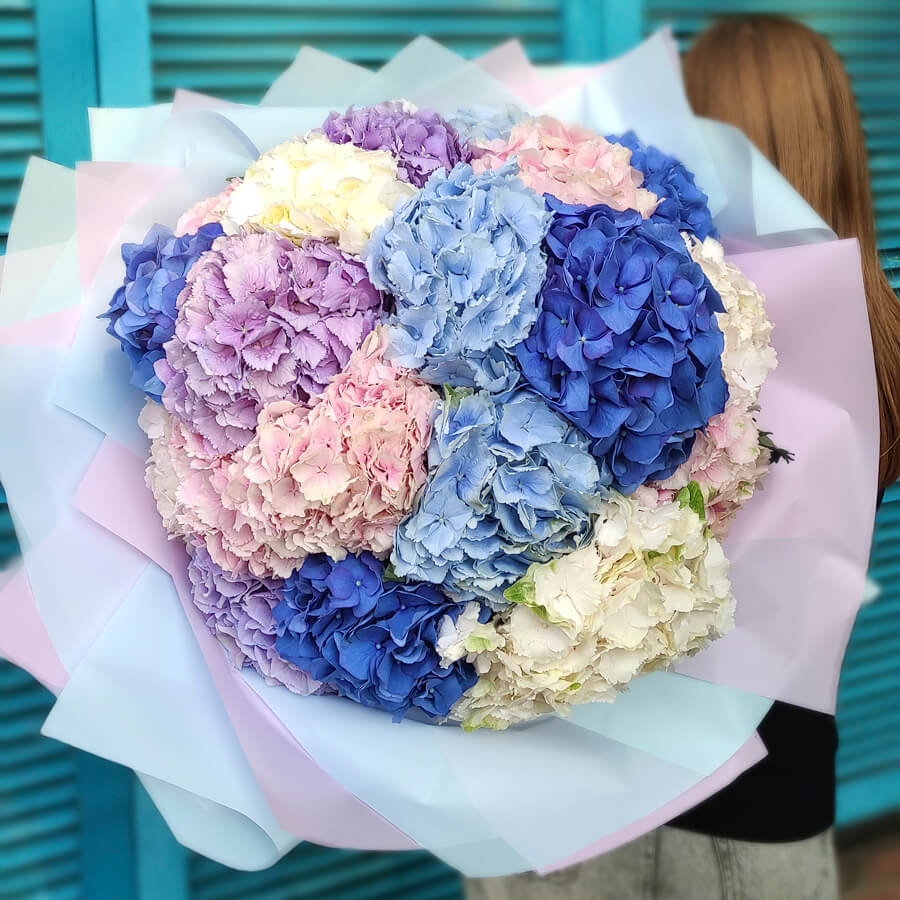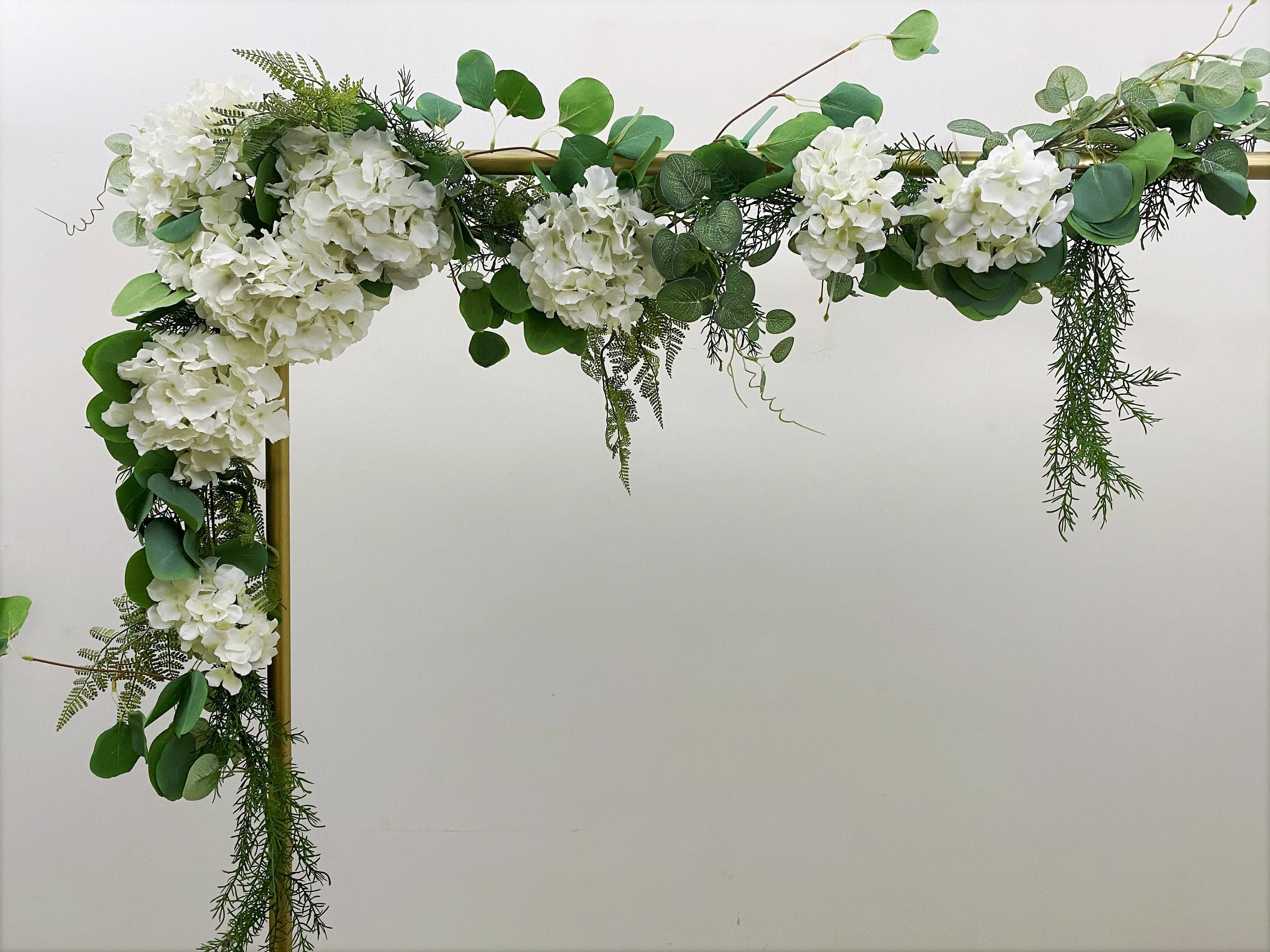Hydrangea Confetti: The Ultimate Guide To Growing And Enjoying These Stunning Blooms
Hydrangea paniculata "Confetti" is a popular choice for gardeners because of its stunning blooms. The flowers are white with a hint of pink, and they have a delicate, airy appearance. Hydrangea Confetti is also relatively easy to care for, making it a good choice for even novice gardeners.
In this blog post, we will discuss everything you need to know about growing and enjoying Hydrangea Confetti. We will cover topics such as:
- Plant overview
- Planting and care
- Pests and diseases
- Propagation
- Winter care
- Troubleshooting
By the end of this post, you will be an expert on Hydrangea Confetti and you will be able to grow your own beautiful blooms.
Plant overview
Hydrangea paniculata "Confetti" is a deciduous shrub that grows 6-8 feet tall and 4-6 feet wide. The leaves are dark green and oval-shaped. The flowers are borne in large, conical panicles that can reach 12 inches in length. The flowers start out white and then gradually turn pink as they mature.
Hydrangea Confetti is hardy in USDA zones 4-9. It prefers full sun to partial shade and well-drained soil. It is drought-tolerant once established, but it will appreciate regular watering during the growing season.
Planting and care
The best time to plant Hydrangea Confetti is in the spring or fall. Choose a location that receives full sun to partial shade. The soil should be well-drained. If your soil is not well-drained, you can amend it with compost or sand.
Dig a hole that is twice the width and depth of the root ball. Place the plant in the hole and backfill with soil. Firmly tamp the soil around the plant and water well.
Water your Hydrangea Confetti regularly during the first year after planting. Once the plant is established, you can water it less often. Fertilize your Hydrangea Confetti in the spring with a balanced fertilizer.
Pests and diseases
Hydrangea Confetti is relatively pest- and disease-free. However, it can be susceptible to aphids, scale, and powdery mildew. If you see any pests or diseases, treat them immediately with an appropriate pesticide or fungicide.
Propagation
Hydrangea Confetti can be propagated by cuttings or by division. To propagate by cuttings, take 4-6-inch cuttings from healthy stems in the spring or summer. Dip the cuttings in rooting hormone and plant them in a well-draining potting mix. Keep the potting mix moist and the cuttings in a warm, shady location. The cuttings should root in 4-6 weeks.
To propagate by division, dig up a mature Hydrangea Confetti plant in the spring or fall. Use a sharp knife or spade to divide the plant into two or more sections. Each section should have at least a few roots and some leaves. Plant the divisions in separate holes and water well.
Winter care
In USDA zones 4-6, Hydrangea Confetti will need to be protected from winter cold. You can do this by wrapping the plant in burlap or by covering it with a winterizing blanket. You may also need to mound soil around the base of the plant to help insulate it.
Troubleshooting
If your Hydrangea Confetti is not blooming, it may not be getting enough sunlight. Hydrangea Confetti needs at least 6 hours of sunlight per day to bloom. If your plant is in too much shade, it may not produce flowers.
If your Hydrangea Confetti's leaves are turning yellow, it may be getting too much water. Hydrangea Confetti is drought-tolerant once established, so you should only water it when the soil is dry to the touch.
If your Hydrangea Confetti's leaves are covered in brown spots, it may have a fungal disease. Fungal diseases can be treated with a fungicide.
Hydrangea confetti is a beautiful and biodegradable way to add a touch of nature to your special event. The delicate petals come in a variety of colors, from white to blue to pink, and they can be used to create a stunning centerpiece, tablescape, or even a wedding bouquet.
If you're interested in learning more about hydrangea confetti, I encourage you to visit . This website has a wealth of information about hydrangeas, including how to grow them, how to care for them, and how to make your own hydrangea confetti.
In addition to providing detailed information about hydrangeas, also offers a variety of hydrangea confetti products for sale. Whether you're looking for pre-made confetti or you're interested in creating your own, you're sure to find what you need at .
So what are you waiting for? Visit today to learn more about hydrangea confetti and to order your own products!
FAQ of hydrangea confetti
- What is hydrangea confetti?
Hydrangea confetti is a type of hydrangea that produces small, delicate flowers that look like confetti. The flowers are typically white, pink, or blue, and they bloom in the summer. Hydrangea confetti is a relatively new variety of hydrangea, and it is becoming increasingly popular due to its unique and beautiful flowers.
- How do I care for hydrangea confetti?
Hydrangea confetti is a relatively easy plant to care for. It prefers full sun to partial shade and moist, well-drained soil. Hydrangea confetti should be watered regularly, especially during hot, dry weather. In the fall, you can fertilize your hydrangea confetti with a balanced fertilizer.
- How do I propagate hydrangea confetti?
Hydrangea confetti can be propagated by taking stem cuttings in the spring or summer. To take a stem cutting, simply cut a 4-6 inch section of healthy stem from the plant. Remove the lower leaves from the cutting, and dip the cut end in rooting hormone. Plant the cutting in a pot filled with moist potting mix. Keep the potting mix moist, and place the pot in a warm, shady location. In a few weeks, the cutting should root and start to grow new leaves.
- What are some common pests and diseases that affect hydrangea confetti?
The most common pests that affect hydrangea confetti are aphids, spider mites, and scale insects. These pests can be controlled with insecticidal soap or neem oil. Hydrangea confetti is also susceptible to a few diseases, such as powdery mildew and leaf spot. These diseases can be prevented by watering the plant regularly and avoiding overhead watering. If you do see signs of disease, you can treat it with a fungicide.
- Where can I buy hydrangea confetti?
Hydrangea confetti is available at most garden centers and online retailers. You can also find it at some specialty nurseries.
Image of hydrangea confetti
5 different images of "hydrangea confetti" from Pinterest:
- A bouquet of hydrangeas with white, pink, and blue blooms. The petals are small and delicate, like confetti.

- A close-up of a hydrangea bloom. The petals are a light pink color and are arranged in a loose cluster.
- A field of hydrangeas in bloom. The flowers are a variety of colors, including white, pink, blue, and purple.

- A wedding arch decorated with hydrangeas. The flowers are arranged in a cascading pattern and are a light pink color.

- A cake decorated with hydrangeas. The flowers are a variety of colors, including white, pink, and blue. They are arranged in a swirl pattern on top of the cake.

Post a Comment for "Hydrangea Confetti: The Ultimate Guide To Growing And Enjoying These Stunning Blooms"